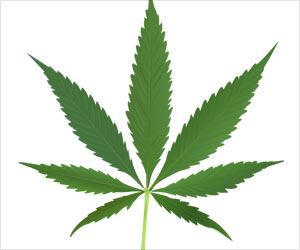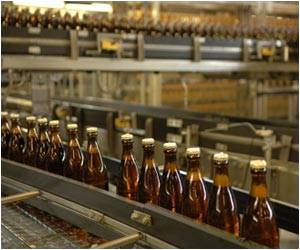Marijuana use increases throughout the calendar year, with use up 13 percent on average at the end of each year (2015-2019) compared to the beginning.

‘Marijuana use increases throughout the calendar year, with use up 13 percent on average at the end of each year (2015-2019) compared to the beginning.’





"We found that marijuana use is consistently higher among those surveyed later in the year, peaking during late fall or early winter before dropping at the beginning of the following year. We think this may be due, in part, to a 'Dry January' in which some people stop drinking alcohol or even stop using marijuana as part of a New Year's resolution," said Joseph Palamar, PhD, MPH, an associate professor of population health at NYU Grossman School of Medicine, an affiliated researcher with the Center for Drug Use and HIV/HCV Research (CDUHR) at NYU School of Global Public Health, and the study's lead author. "We're now in the time of year when people are the least likely to use marijuana." Prior research shows that alcohol and drug use vary by time of year, with drug use often increasing during summer months, possibly due, in part, to social events. These seasonal variations can inform interventions--for instance, studies show that programs to reduce heavy drinking among college students should begin during the summer.
To better understand seasonal trends in marijuana use, Palamar and his colleagues analyzed data from 282,768 adolescents and adults who responded to the National Survey on Drug Use and Health from 2015 to 2019.
The survey asked participants about their past-month use of marijuana and other substances, and the researchers estimated their use within each calendar quarter: January through March, April through June, July through September, and October through December.
Each year, as the calendar year progressed, marijuana use grew, increasing in summer and fall months before dropping as each new year began. While 8.9 percent reported using marijuana in January through March, 10.1 percent reported using in October through December, a 13-percent relative increase.
Advertisement
Recreational use may be driving the growth throughout the year, as similar small increases occurred among those living in states with and without legal medical marijuana, and among those without a prescription for medical marijuana. Seasonal marijuana use also increased among those who reported using other substances, including alcohol, nicotine, and especially LSD.
Advertisement
"Ultimately, we hope that these findings can be utilized by researchers and clinicians alike," said study coauthor Austin Le, DDS, a research associate at NYU Langone Health and orthodontic resident at NYU College of Dentistry.
"Researchers studying marijuana use should consider seasonal variation, as surveys administered at the end of the year may yield different results than at the beginning of the year. And for those who wish to reduce marijuana use, it appears the best time for such targeting may be later in the year--when use is highest."
In addition to Palamar and Le, Benjamin Han of the University of California, San Diego's Department of Medicine, Division of Geriatrics co-authored the study. The research was supported by the National Institute on Drug Abuse, part of the National Institutes of Health (grants R01DA044207 and K23DA043651).
Source-Eurekalert












